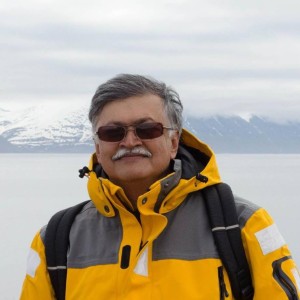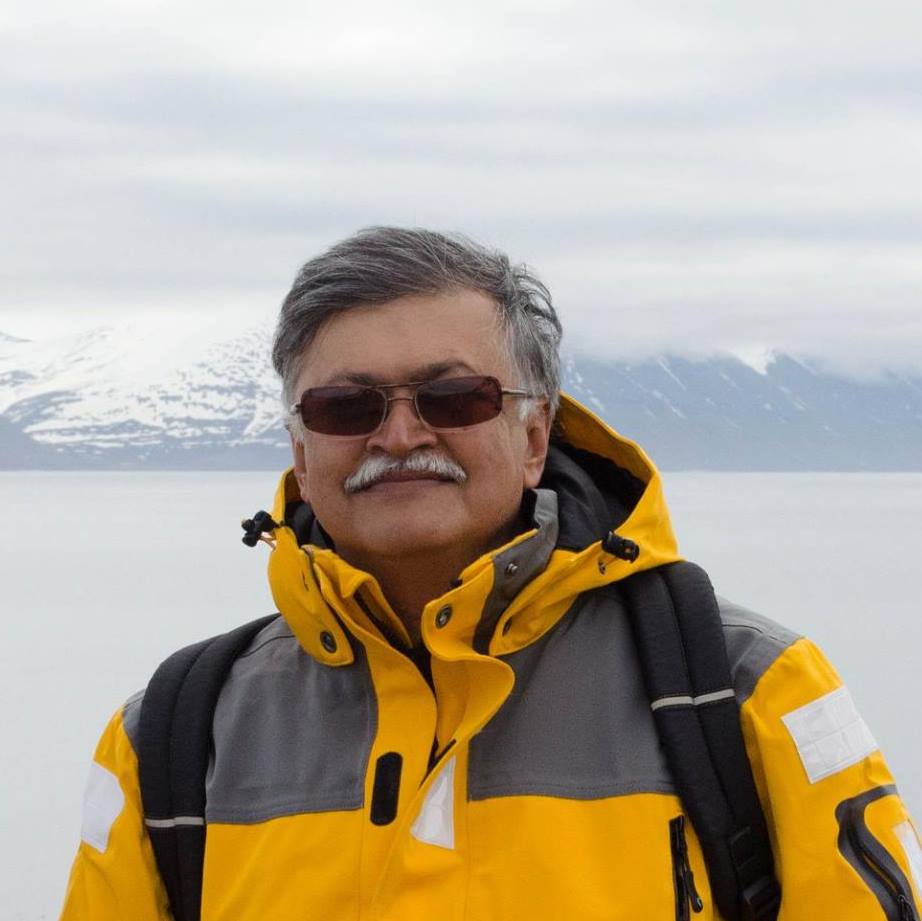
By Ashok Boghani
Different form of Compositions
Now I will describe the different forms of compositions and illustrate them with examples.
Symphony is what we have talked about so far. In that form, the composer uses the entire pallet of colors of an orchestra. The size of the orchestra and the instruments are by no means fixed. They depend on the composition and the specifications provided by the composers.
An Austrian composer called Joseph Haydn (1732-1809) has been credited with this form of WCM. He wrote some 108 symphonies, some quite good, but in my opinion not as interesting as those written by two of his followers, Mozart and Beethoven. The other great composers of symphonies are Mahler, Brahms, and Tchaikovsky.
A symphony typically has four movements, fast, slow, fast and fast. The tempo of the movement is indicated by Italian terms such as Adagio (slow), Adante (somewhat fast), Allegro (fast), Presto (very fast) and so on.
Here, listen to the second movement of Beethoven’s seventh symphony, one of my all time favorites. It is conducted by “apro”—(“our” in Parsi Gujarati) Zubin Mehta. Its tempo is Allegretto (not as fast as Allegro).
This movement has been used many times in movies. One that made good use of it is “The Fall”. Here is its trailer. (It is a pretty good movie.)
A Concerto is written for a specific instrument accompanied by the orchestra. Although composers have written concertos for all types of instruments– violin, cello, horn—by far the most popular are piano concertos. A concerto generally has three movements.
Here is one of my favorite piano concertos, Piano Concerto 1 written by the Russian composer Tchaikovsky. The pianist is a young Russian Evgeny Kissin, and the conductor is a very well known person, Herbert von Karajan, who conducted Berlin Philharmonic Orchestra for many years.
No needs to listen to the whole work…just get the feel of how the piano and orchestra complement each other to create wonderful music.
A piano sonata is performed by a pianist just be himself/herself. Take a listen to one of my favorites, the Moonlight Sonata of Ludwig van Beethoven. Its proper title is Piano Sonata No. 14 in C-sharp minor
The first movement is totally sublime—one of the most romantic pieces Beethoven wrote. It is an Adagio (slow movement). This is followed by a faster dance like Allegretto movement. The final movement is Presto Agitato (Very fast and agitated). See how each movement is so different and yet together they form a beautiful piece of music. Typically, sonatas also have three movements not four.
A sonata for other instruments (e.g., violin, cello, flute) is played by that instrument and a pianist. Finally, there is a term called “Sonata Form” which is quite different from just Sonata. This is something I will describe later.
An Opera is the “queen” of WCM. To produce an opera is a major undertaking that requires an orchestra and a stage on which artists perform (so to speak) and sing.
The singers are classified depending on the range of their voice. Women singers come in three forms, Soprano, Mezzo-Soprano and Contralto, while a male singer can be a Tenor, Baritone or Bass. There are a couple of other subcategories, but these are the basic ones. A Soprano has a higher pitched voice than a Contralto. Similarly, a Tenor sings higher notes than a Baritone and he, in turn, higher than a Bass. I would classify Lata Mangeshkar as a Soprano and Mukesh a Baritone, but I am open to suggestions. Think of these singers as different instruments…and so a Soprano is like a violin, a Bass is like a Bassoon.
The singers get a chance to show off their talents while singing what are called “arias” in an opera. These are individual songs accompanied by the orchestra.
Opera gets a bad rap and is often caricatured as a buxom woman, dressed in full body armor, belting out a song while waving a spear. That actually is from an aria from Opera Walküre (Valkyrie) written by a German composer Richard Wagner. Here it is:
The famous term “It ain’t over until the fat lady sings” is also from an opera. Actually it is the same character, Walküre, but this time singing the last aria of the last opera in a four opera “cycle” that Wagner produced. After she sings, the opera is over.
Hitler loved Wagner’s music, and that is why it was banned in Israel for many years until Zubin Mehta conducted in 1981 a composition written by that very Teutonic composer.
At the other end, in my opinion, is this aria from a very popular opera, Carmen, written by a French composer Georges Bizet.
In this seductive song with a hypnotic rhythm, the main character of the opera, a gypsy called Carmen expresses her philosophy on love. The mezzo-soprano is Elina Garanča, originally from Latvia.
Many composers; including Mozart, Verdi, Rossini, Puccini, and so on; wrote operas. Actually, in my opinion, the Italians mastered that form of WCM perfectly. Watching an opera can be a wonderful experience, and now with the simulcast technology, one can watch a live opera while being in a local cinema theater. NY Metropolitan Opera (“The Met”) has this type of arrangement in many cities. If you get a chance do go and watch it.
A Quartet, as the name suggests, is played by four musicians. A string quartet includes musicians playing two violins, a viola and a cello. There are also piano quartets in which one of the violins is substituted by a piano. A quartet is also the name of music written for such ensembles.
Listen to this beautiful movement from a string quartet written by a well-known Russian composer Alexander Borodin.
This is the third of a four movement compositions. It is called Nocturne because it is supposed to inspire night.
An Overture (“opening”) is generally a composition written to be played at the opening at the opera. However, there are self-standing overtures that are not connected to an opera.
Here is one of my favorite Overtures, written for an opera called The Barber of Seville by an Italian composer Gioacchino Rossini. The famous part begins around 3 minute into the piece.
This piece is used widely in movies, commercial and even in cartoons. Here is a Bugs Bunny take on this famous music.
There are numerous other forms of compositions, and I will include some of them as we discuss some of the well-known composers. However, I hope that the above list will get you going and remove some of the mysteries. (To be continued..)















Are the Parts I and II accessible for Western Classical music Intro. aricle. If so, how?
Thank you
They are on the India NewEngland website. However, if you send me an email, I will be happy to send the entire document. My email is ashokboghani@yahoo.com. Thanks
Lovely and thanks for including aapro Zubin.
Rita
You are very welcome! Ashok